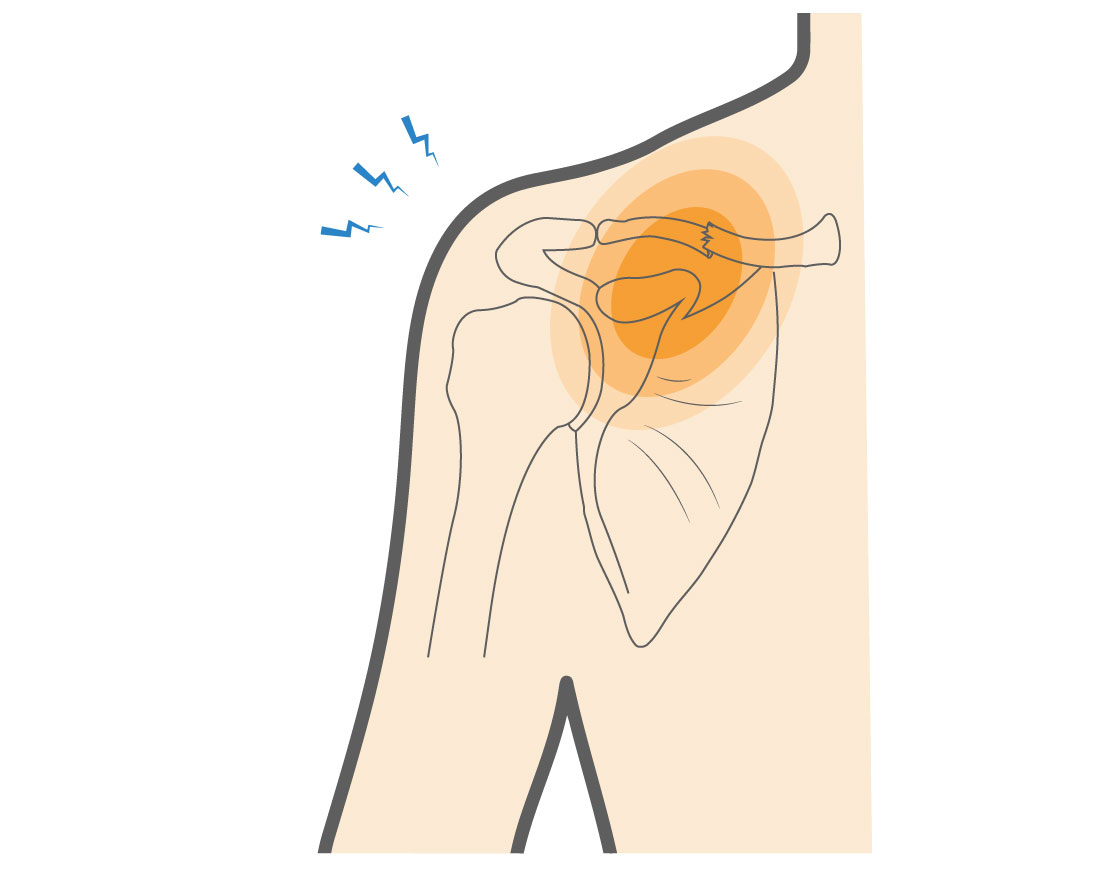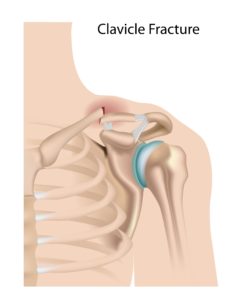Recovery time after a clavicle fracture depends on the severity of the injury and whether the fracture is displaced. After a non-displaced fracture, you may be able to get back to regular activities in as little as three months. Athletes who have surgery for a displaced fracture may have a three to six month long recovery.
For the first four to six weeks after your injury, you will need to avoid raising your arm higher than the shoulder level or lifting weight on the injured side. Physical therapy will begin with elbow exercises to avoid arm stiffness, followed by gentle shoulder exercises. These will be an essential part of your treatment, helping to regain strength and range of motion in your shoulder. You may return to play after the bone is completely healed and you have full range of motion and strength in your shoulder.



